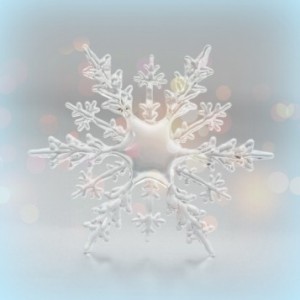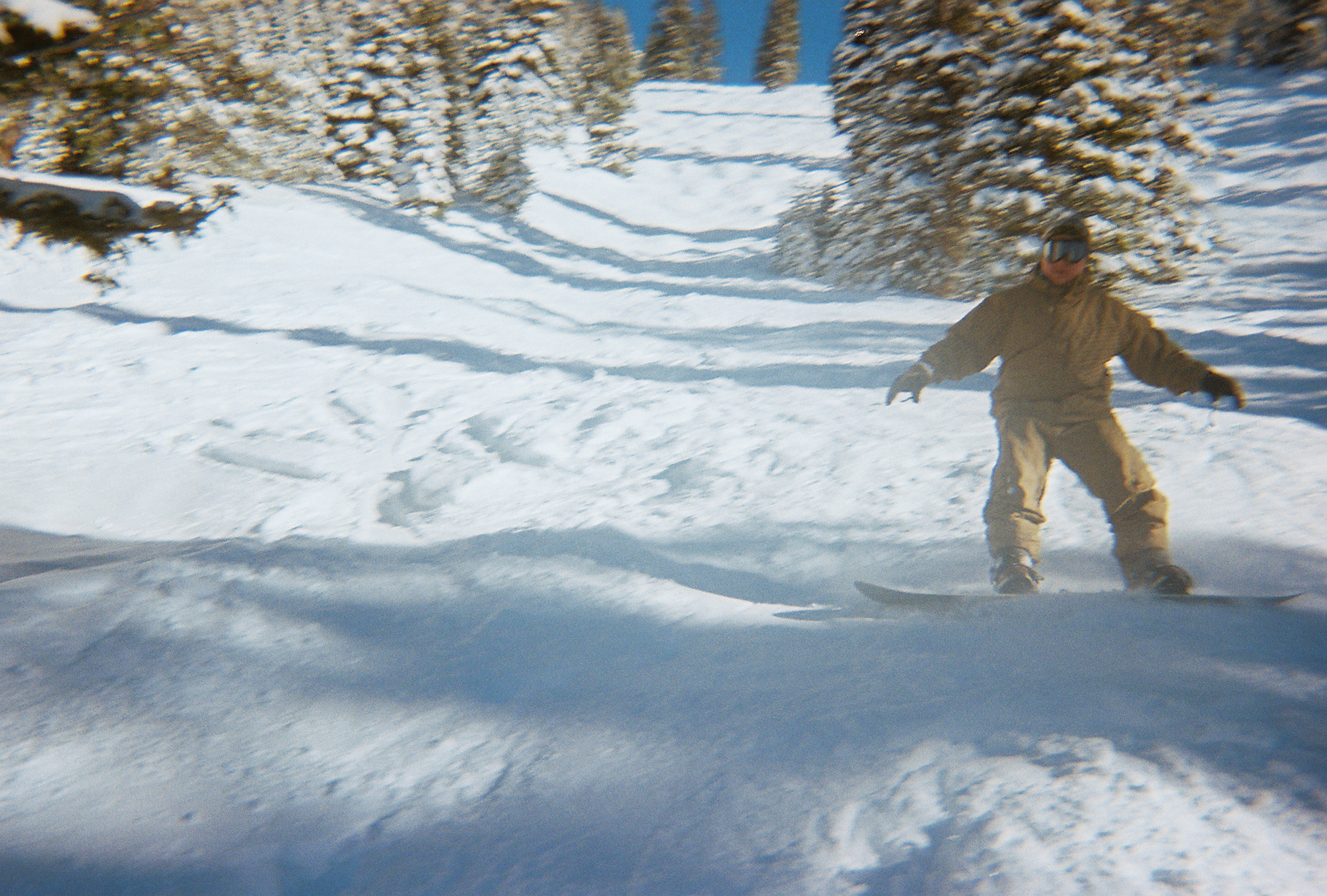 Even though winter here in the Adirondacks means chilly temperatures and sometimes unpleasant weather conditions, there are some parts of the hats-and-mittens season that makes it all worth it. There is a certain beauty to winter that only the frozen landscape can provide, and nothing is quite as amazing as finding a snowflake that is large enough to show its intricate details to the naked eye. A frosted window is also a thing of rare beauty; it is amazing to ponder that nature, and not the hand of a skilled artist, paints it. But how do snowflakes form, and why are no two alike? And how exactly does frost form in such delicate patterns on your windowpanes?
Even though winter here in the Adirondacks means chilly temperatures and sometimes unpleasant weather conditions, there are some parts of the hats-and-mittens season that makes it all worth it. There is a certain beauty to winter that only the frozen landscape can provide, and nothing is quite as amazing as finding a snowflake that is large enough to show its intricate details to the naked eye. A frosted window is also a thing of rare beauty; it is amazing to ponder that nature, and not the hand of a skilled artist, paints it. But how do snowflakes form, and why are no two alike? And how exactly does frost form in such delicate patterns on your windowpanes?
First, let’s look at snow. According to the National Oceanic and Atmospheric Administration, or NOAA, a snowflake is created when “an extremely cold water droplet freezes onto a pollen or dust particle in the sky.” From this, an ice crystal is formed, and as it falls to the ground, water vapor freezes onto it, forming the six-sided snowflake. The reason it has six sides is a little more complex, but the short answer is because of the internal order of the water molecules. And, how the crystal forms is also related to the temperature. At 23 degrees F., the arms of the snowflake are longer and pointier, whereas at a lower temperature, the crystals are flatter and more plate-like.
But why are no two snowflakes alike, if you assume they all form at roughly the same time? NOAA indicates that even though they may form at the same time, the paths each individual flake takes are slightly different from sky to ground. Each develops under slightly different atmospheric conditions, so they all have a unique look. Some resemble prisms, some needles, and some the lacy patterns we all tried to replicate with paper and scissors as children. Incidentally, the wide variety of snowflakes we know exist today was discovered thanks to Wilson Alwyn Bentley, a farmer and cloud physicist known as one of the first snowflake photographers. In an attempt to discover two snowflakes that were alike, Bentley photographed more than 5000 images of snowflakes in his lifetime. His photomicrographs can be seen at the Buffalo Museum of Science.
Window frost is formed in a similar way to snowflakes. Also known as fern frost and ice flowers, window frost is created when a glass pane, like that in a window, is exposed to extremely cold outside air and warmer, moister indoor air. Water vapor then condenses on the glass, subsequently forming frost patterns. It’s the glass surface itself that helps to create the often-beautiful frost patterns we see on our windows on a chilly morning. Imperfections in the glass itself, scratches and dust particles influence the types of patterns we see, and the nucleation process causes the ice patterns to repeat. This is like what happens with snowflakes, except on a flat surface rather than in mid-air (that’s why snowflakes have dimension, but ice flowers don’t).
So the next time you catch the perfect six-sided snowflake on your mitten, or wake up to lovely paintings from Jack Frost on your windowpanes, you’ll have a little more knowledge of the science behind these crystalline formations. No matter what, enjoy the splendor they offer the short time it lasts, because in the words of Bentley himself:
“Under the microscope, I found that snowflakes were miracles of beauty; and it seemed a shame that this beauty should not be seen and appreciated by others. Every crystal was a masterpiece of design and no design was ever repeated. When a snowflake melted, that design was forever lost. Just that much beauty was gone, without leaving any record behind.”
